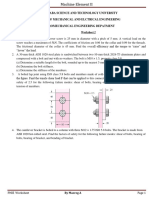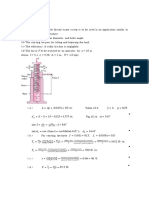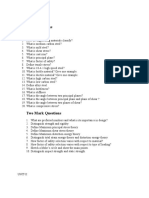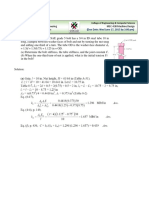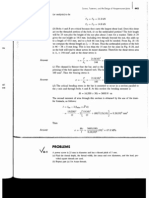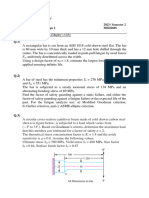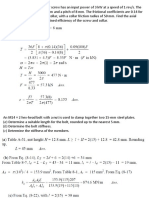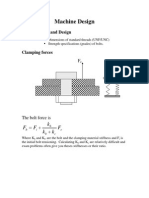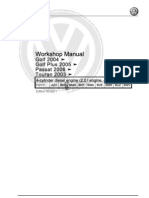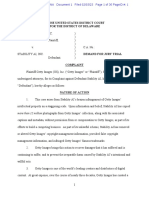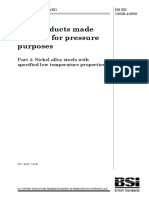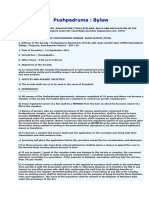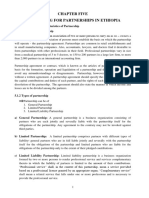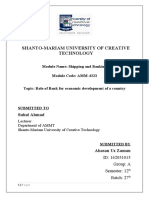0% found this document useful (0 votes)
20 views2 pagesM20 Bolt Separation & Fatigue Analysis
This is a worked example of bolt joint stiffness exercise done on PTC Mathcad. The referred tables are from Shigley's machine design book.
Uploaded by
Nahom MerkCopyright
© © All Rights Reserved
We take content rights seriously. If you suspect this is your content, claim it here.
Available Formats
Download as PDF, TXT or read online on Scribd
0% found this document useful (0 votes)
20 views2 pagesM20 Bolt Separation & Fatigue Analysis
This is a worked example of bolt joint stiffness exercise done on PTC Mathcad. The referred tables are from Shigley's machine design book.
Uploaded by
Nahom MerkCopyright
© © All Rights Reserved
We take content rights seriously. If you suspect this is your content, claim it here.
Available Formats
Download as PDF, TXT or read online on Scribd
/ 2











